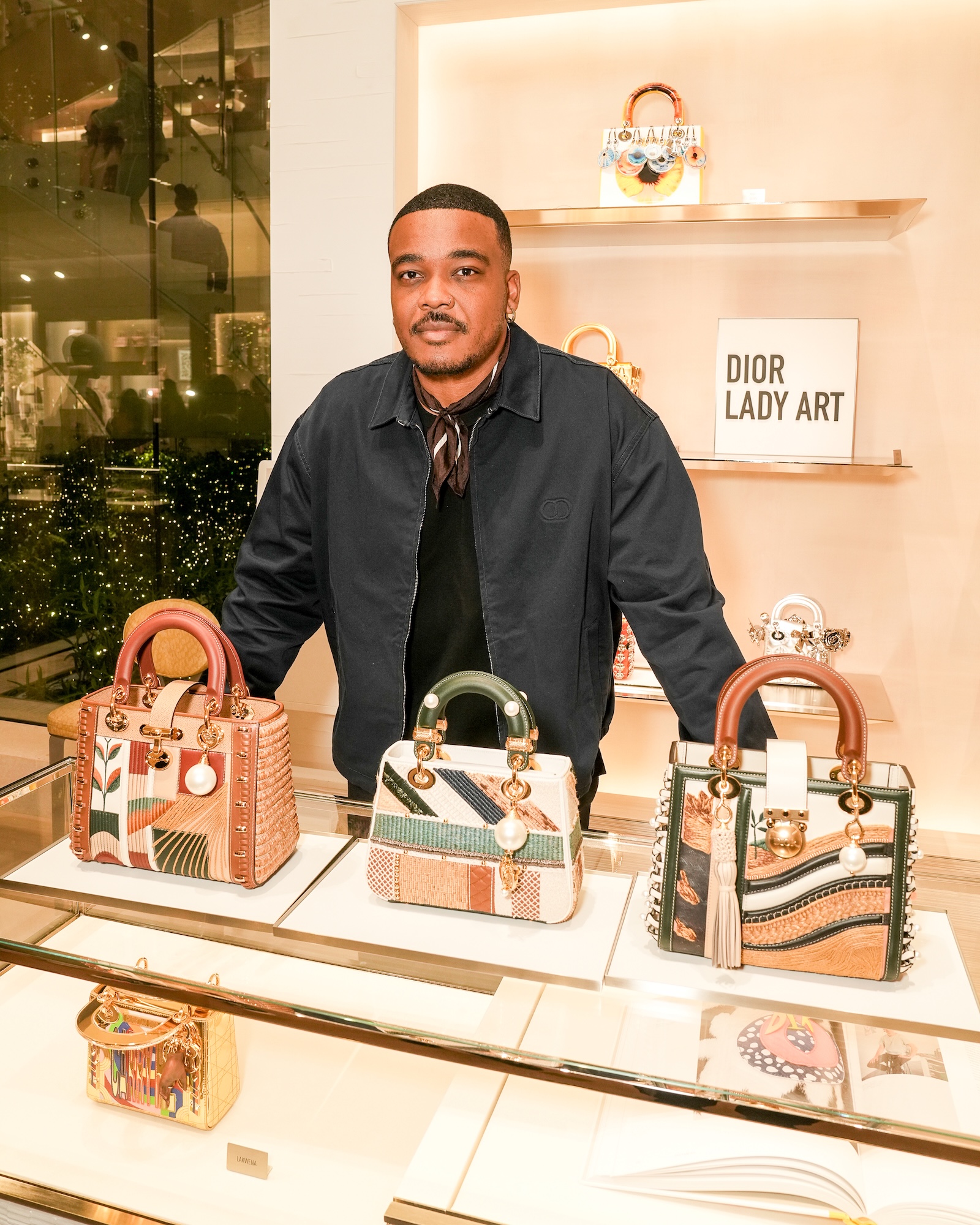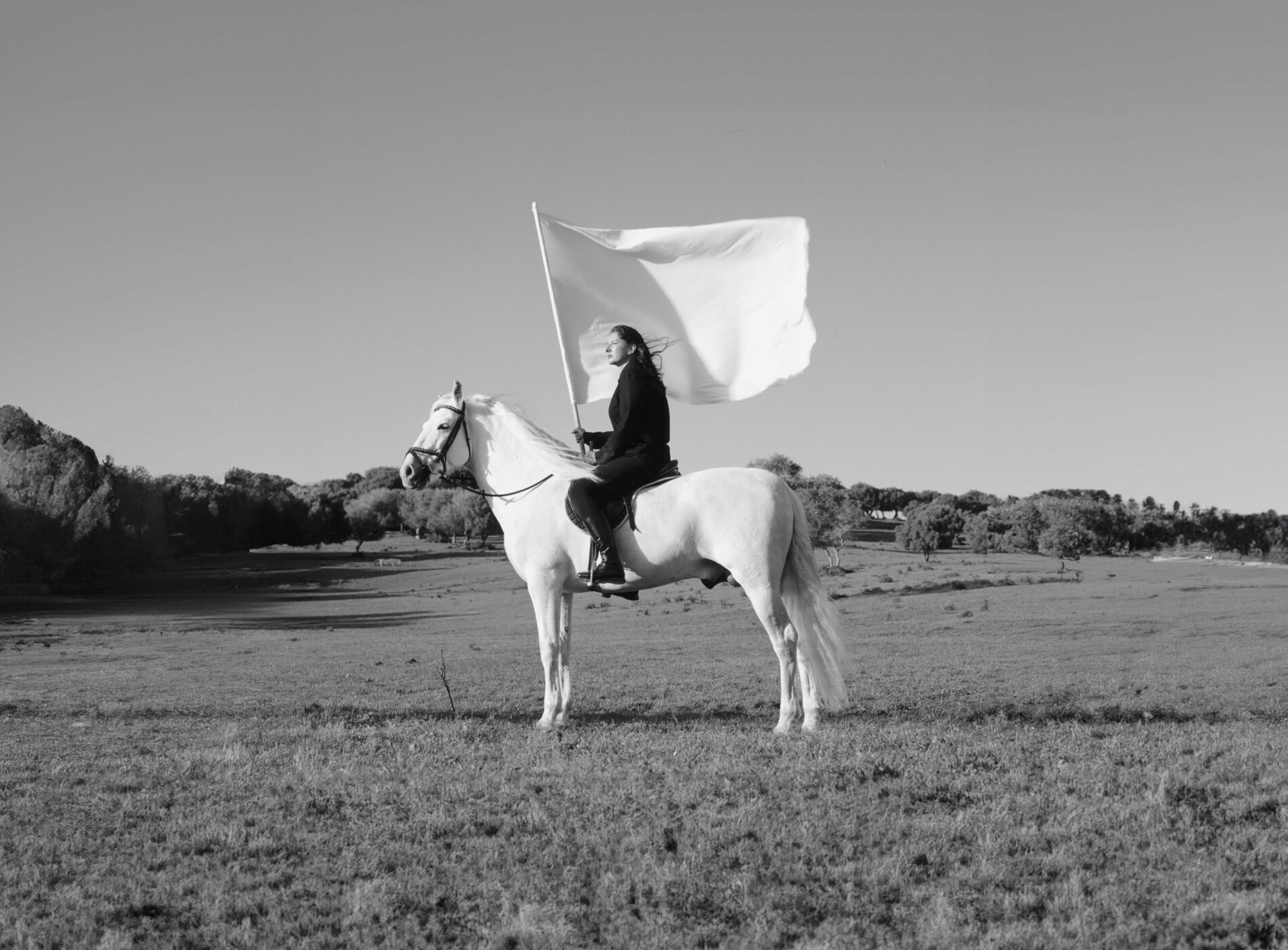In her new exhibition at Tanya Bonakdar Gallery in New York, Los Angeles-based artist Kelly Akashi evolves her ongoing conversation about how to create tangible forms of esoteric forces and human emotions. The beguiling, sublime sculptural orchestrations in this conversation explore both collective symbolism and personal meanings, deploying a lexicon of materials and processes that are profoundly physical and elemental—glass, wood, metal, fire, and water depict hands, spheres, feminine vessels, botanical structures, and even the human heartbeat.
The title of the exhibition suggests the idea of embodying the immaterial, giving actual presence to the fleeting energies that buffer existence and psyche. Thus, the works themselves carry titles like “Porous Paradigm,” “Symbiosis,” and “Cultivator (Metamorphic).” In “Weep,” an enormous bronze sphere quietly leaks water into a shallow pool, and is the centerpiece of this multifaceted exhibition. One room is festooned with misty, luminous cast-glass tree branches hanging from golden ropes. Another contains a black stone tablet displaying a circle of blown glass vessels, sensuous and brightly tinted. “Weep” itself is surrounded by a group of standing works, like “Cultivator (Metamorphic)”, which includes milled wood pedestals on which glass leaves balance, steel bronze casts of the artist’s own hands, and delicately substantial blown glass elements.


KELLY AKASHI “TRIPLE HELIX” 2020. HAND-BLOWN GLASS, ROPE, HAIR, QUARTZ BELL, GRANITE, STEEL. 60 X 72 X 72 INCHES (OVERALL). 6 1/2 X 9 X 9 INCHES (GLASS BELL, INSTALLATION HEIGHT VARIABLE). COURTESY THE ARTIST AND TANYA BONAKDAR GALLERY, NEW YORK / LOS ANGELES.
The overall effect of each environmental vignette is a pagan, almost Wiccan, convocation of charmed objects. Akashi sees it more as a salient coincidence that, in her personal search for symbols of desired intimacy with the universe, she happened upon, with many of the same ideas, images, and materials as spiritual naturalists. When it comes to making choices as to how to engage with the natural world, Akashi explains, “I ask the same questions and come up with some of the same answers for the same reasons.” She’s comfortable, too, with the Jungian aspect of her low-key surrealism. Her compositions follow a nuanced and refined dream logic that is not about shock or strangeness, but instead engaged in the wild energies of the natural world. Within this practice, Akashi’s aesthetic and cognitive sensibilities enact her works as individual pieces, but always with mindfulness of her practices: the bigger picture.
And her studio practice itself is quite expansive and intuitively directed. Though acclaimed for her sculptural work, Akashi’s early entry point into sculpture as the focus of her work began with photography. She explains that she was a huge Nan Goldin fan, and spent some time setting up original scenarios to document with the camera, during which she became enamored by the mechanics of how objects look and behave in space, and how imagery could be extended into materiality. Furthermore, she explored how the room could act as a frame in dimensionality, and how objects enact conversations within and between themselves and the viewer in an expanded tableaux—principles that continue to inform not only the works but their arrangements in the display space.


KELLY AKASHI “ARMORED CELL” 2020. HAND-BLOWN GLASS, ROPE. 21 1/4 X 12 X 9 INCHES (GLASS ONLY), 138 X 93 X 9 INCHES (OVERALL). COURTESY THE ARTIST AND TANYA BONAKDAR GALLERY, NEW YORK / LOS ANGELES.
“Candles were the first sculptures I ever made,” Akashi says. She relished their half-melted forms, malleability in space, halting in mid-decomposition. “Specific objects have boundaries; these works talk back across those boundaries.” And as candles burn, molten glass is spun, and in-between moments of simultaneous destruction and change are captured. The act of lighting a candle—especially in the gallery context—creates a defined time-span and makes everyone and anyone a participatory creator. There is a certain ritualistic quality embedded in the objects that also infuses into the entire set-up. Further, a direct connection exists between candle-making and the lost wax process for bronze casting. A wax cast is created, then dipped and air dried daily in a ceramic-silica slurry for around a week to create a mold. When the wax is burned out of the ceramic-silica mold, the molten bronze is poured into the cavity where it cools and hardens. Afterwards, the ceramic-silica shell is broken off to reveal the bronze.
All the hands in the works, by the way, are unique sculptures, not editions; no molds are made. Crucially, they are all her own hands. She documents her existence in this way as they change over time, viewing for example her fingernails as micro-geological forms that exist on the body. Her hands are featured in different ways in each scenario, reaching into glass bowls, grasping glass branches, flickering with glass leaves, and holding aloft a radiant sphere.
In Akashi’s work, the body is understood as articulating consciousness, and this manifests in more abstract ways as well. The milled walnut wood pedestals are made objects, not found. Akashi had not only a message to articulate, but also a need to create certain specificities. “I am picky about height and the order of the viewer’s approach,” she says. “The work requires multiple vantage points, whether it’s two-sided or in the round, suspended or perched. Where on the body will it land first—stomach, chest, heart, hand? I don’t always privilege the eye.” Her objects possess a spatial presence with intentionality, and as the viewer walks around it and sees it change, they can have an open experience.
So in service of this spatial expressivity, these wooden pedestals are rendered from EKGs of her own heartbeat. Extrapolated undulations traced and milled into curvilinear spikes, rising from the ground, offer up the sacred contents of its tiers with a life-force that is both personal and universal. “We all have a heartbeat. The issues I deal with are immaterial,” she says. “The works are consciousness carriers, colliding in, and with, the world. I impress myself into those objects, so that both they and I can endure.” At one point in the conversation, Akashi references a text by Richard Sennett, who quotes French philosopher Maurice Merleau-Ponty in describing a glassblower infusing her spirit into the work through her breath at the moment of making.


KELLY AKASHI “SYMBIOSIS” 2020. HAND-BLOWN GLASS, BRONZE, WALNUT PEDESTAL. 11 X 9 X 8 INCHES (SCULPTURE). 44 5/8 X 10 5/8 X 10 5/8 INCHES (PEDESTAL). 55 5/8 X 10 5/8 X 10 5/8 INCHES (OVERALL). COURTESY THE ARTIST AND TANYA BONAKDAR GALLERY, NEW YORK / LOS ANGELES.
When it comes to the making, Akashi, wanting to create and incorporate diverse materials and mediums into the work—wood, glass, bronze, steel, etc.—rather than outsource to fabricators, just learned how to do things herself. She went to three different art schools (USC, Frankfurt, and Otis), and after graduate school went to community college for its glassblowing classes. She currently teaches at ArtCenter College of Design and regularly attends its lectures and studio workshops even now. Being a perpetual student appeals to Akashi, and is also a prevalent phenomenon in the studio glass world. “There are so many modes of production, learning and making,” she says. But the community creates what she calls “an archive of shared information across traditions, and is always evolving the conversation.”
This creative and technical cross-pollination speaks to a non-patriarchal language, and a different way of thinking about ways of bypassing or smashing the status quo. She employs some materials associated with industry, where reclamation enacts as a sense of feminism. But at the same time, Akashi sees the craftsmanship discourse is more about intuition and experimentation. Even as she moderates her environmental installations, chance remains inherent in all her fabrication processes, creating space for the melding of conscious and subconsciousness, and for the viewer, along with the artist, an opportunity to learn from both.
 
KELLY AKASHI “TRIPLE HELIX” 2020. HAND-BLOWN GLASS, ROPE, HAIR, QUARTZ BELL, GRANITE, STEEL. 60 X 72 X 72 INCHES (OVERALL). 6 1/2 X 9 X 9 INCHES (GLASS BELL, INSTALLATION HEIGHT VARIABLE). COURTESY THE ARTIST AND TANYA BONAKDAR GALLERY, NEW YORK / LOS ANGELES.
The overall effect of each environmental vignette is a pagan, almost Wiccan, convocation of charmed objects. Akashi sees it more as a salient coincidence that, in her personal search for symbols of desired intimacy with the universe, she happened upon, with many of the same ideas, images, and materials as spiritual naturalists. When it comes to making choices as to how to engage with the natural world, Akashi explains, “I ask the same questions and come up with some of the same answers for the same reasons.” She’s comfortable, too, with the Jungian aspect of her low-key surrealism. Her compositions follow a nuanced and refined dream logic that is not about shock or strangeness, but instead engaged in the wild energies of the natural world. Within this practice, Akashi’s aesthetic and cognitive sensibilities enact her works as individual pieces, but always with mindfulness of her practices: the bigger picture.
And her studio practice itself is quite expansive and intuitively directed. Though acclaimed for her sculptural work, Akashi’s early entry point into sculpture as the focus of her work began with photography. She explains that she was a huge Nan Goldin fan, and spent some time setting up original scenarios to document with the camera, during which she became enamored by the mechanics of how objects look and behave in space, and how imagery could be extended into materiality. Furthermore, she explored how the room could act as a frame in dimensionality, and how objects enact conversations within and between themselves and the viewer in an expanded tableaux—principles that continue to inform not only the works but their arrangements in the display space.

KELLY AKASHI “TRIPLE HELIX” 2020. HAND-BLOWN GLASS, ROPE, HAIR, QUARTZ BELL, GRANITE, STEEL. 60 X 72 X 72 INCHES (OVERALL). 6 1/2 X 9 X 9 INCHES (GLASS BELL, INSTALLATION HEIGHT VARIABLE). COURTESY THE ARTIST AND TANYA BONAKDAR GALLERY, NEW YORK / LOS ANGELES.
The overall effect of each environmental vignette is a pagan, almost Wiccan, convocation of charmed objects. Akashi sees it more as a salient coincidence that, in her personal search for symbols of desired intimacy with the universe, she happened upon, with many of the same ideas, images, and materials as spiritual naturalists. When it comes to making choices as to how to engage with the natural world, Akashi explains, “I ask the same questions and come up with some of the same answers for the same reasons.” She’s comfortable, too, with the Jungian aspect of her low-key surrealism. Her compositions follow a nuanced and refined dream logic that is not about shock or strangeness, but instead engaged in the wild energies of the natural world. Within this practice, Akashi’s aesthetic and cognitive sensibilities enact her works as individual pieces, but always with mindfulness of her practices: the bigger picture.
And her studio practice itself is quite expansive and intuitively directed. Though acclaimed for her sculptural work, Akashi’s early entry point into sculpture as the focus of her work began with photography. She explains that she was a huge Nan Goldin fan, and spent some time setting up original scenarios to document with the camera, during which she became enamored by the mechanics of how objects look and behave in space, and how imagery could be extended into materiality. Furthermore, she explored how the room could act as a frame in dimensionality, and how objects enact conversations within and between themselves and the viewer in an expanded tableaux—principles that continue to inform not only the works but their arrangements in the display space.
 
KELLY AKASHI “ARMORED CELL” 2020. HAND-BLOWN GLASS, ROPE. 21 1/4 X 12 X 9 INCHES (GLASS ONLY), 138 X 93 X 9 INCHES (OVERALL). COURTESY THE ARTIST AND TANYA BONAKDAR GALLERY, NEW YORK / LOS ANGELES.
“Candles were the first sculptures I ever made,” Akashi says. She relished their half-melted forms, malleability in space, halting in mid-decomposition. “Specific objects have boundaries; these works talk back across those boundaries.” And as candles burn, molten glass is spun, and in-between moments of simultaneous destruction and change are captured. The act of lighting a candle—especially in the gallery context—creates a defined time-span and makes everyone and anyone a participatory creator. There is a certain ritualistic quality embedded in the objects that also infuses into the entire set-up. Further, a direct connection exists between candle-making and the lost wax process for bronze casting. A wax cast is created, then dipped and air dried daily in a ceramic-silica slurry for around a week to create a mold. When the wax is burned out of the ceramic-silica mold, the molten bronze is poured into the cavity where it cools and hardens. Afterwards, the ceramic-silica shell is broken off to reveal the bronze.
All the hands in the works, by the way, are unique sculptures, not editions; no molds are made. Crucially, they are all her own hands. She documents her existence in this way as they change over time, viewing for example her fingernails as micro-geological forms that exist on the body. Her hands are featured in different ways in each scenario, reaching into glass bowls, grasping glass branches, flickering with glass leaves, and holding aloft a radiant sphere.
In Akashi’s work, the body is understood as articulating consciousness, and this manifests in more abstract ways as well. The milled walnut wood pedestals are made objects, not found. Akashi had not only a message to articulate, but also a need to create certain specificities. “I am picky about height and the order of the viewer’s approach,” she says. “The work requires multiple vantage points, whether it’s two-sided or in the round, suspended or perched. Where on the body will it land first—stomach, chest, heart, hand? I don’t always privilege the eye.” Her objects possess a spatial presence with intentionality, and as the viewer walks around it and sees it change, they can have an open experience.
So in service of this spatial expressivity, these wooden pedestals are rendered from EKGs of her own heartbeat. Extrapolated undulations traced and milled into curvilinear spikes, rising from the ground, offer up the sacred contents of its tiers with a life-force that is both personal and universal. “We all have a heartbeat. The issues I deal with are immaterial,” she says. “The works are consciousness carriers, colliding in, and with, the world. I impress myself into those objects, so that both they and I can endure.” At one point in the conversation, Akashi references a text by Richard Sennett, who quotes French philosopher Maurice Merleau-Ponty in describing a glassblower infusing her spirit into the work through her breath at the moment of making.

KELLY AKASHI “ARMORED CELL” 2020. HAND-BLOWN GLASS, ROPE. 21 1/4 X 12 X 9 INCHES (GLASS ONLY), 138 X 93 X 9 INCHES (OVERALL). COURTESY THE ARTIST AND TANYA BONAKDAR GALLERY, NEW YORK / LOS ANGELES.
“Candles were the first sculptures I ever made,” Akashi says. She relished their half-melted forms, malleability in space, halting in mid-decomposition. “Specific objects have boundaries; these works talk back across those boundaries.” And as candles burn, molten glass is spun, and in-between moments of simultaneous destruction and change are captured. The act of lighting a candle—especially in the gallery context—creates a defined time-span and makes everyone and anyone a participatory creator. There is a certain ritualistic quality embedded in the objects that also infuses into the entire set-up. Further, a direct connection exists between candle-making and the lost wax process for bronze casting. A wax cast is created, then dipped and air dried daily in a ceramic-silica slurry for around a week to create a mold. When the wax is burned out of the ceramic-silica mold, the molten bronze is poured into the cavity where it cools and hardens. Afterwards, the ceramic-silica shell is broken off to reveal the bronze.
All the hands in the works, by the way, are unique sculptures, not editions; no molds are made. Crucially, they are all her own hands. She documents her existence in this way as they change over time, viewing for example her fingernails as micro-geological forms that exist on the body. Her hands are featured in different ways in each scenario, reaching into glass bowls, grasping glass branches, flickering with glass leaves, and holding aloft a radiant sphere.
In Akashi’s work, the body is understood as articulating consciousness, and this manifests in more abstract ways as well. The milled walnut wood pedestals are made objects, not found. Akashi had not only a message to articulate, but also a need to create certain specificities. “I am picky about height and the order of the viewer’s approach,” she says. “The work requires multiple vantage points, whether it’s two-sided or in the round, suspended or perched. Where on the body will it land first—stomach, chest, heart, hand? I don’t always privilege the eye.” Her objects possess a spatial presence with intentionality, and as the viewer walks around it and sees it change, they can have an open experience.
So in service of this spatial expressivity, these wooden pedestals are rendered from EKGs of her own heartbeat. Extrapolated undulations traced and milled into curvilinear spikes, rising from the ground, offer up the sacred contents of its tiers with a life-force that is both personal and universal. “We all have a heartbeat. The issues I deal with are immaterial,” she says. “The works are consciousness carriers, colliding in, and with, the world. I impress myself into those objects, so that both they and I can endure.” At one point in the conversation, Akashi references a text by Richard Sennett, who quotes French philosopher Maurice Merleau-Ponty in describing a glassblower infusing her spirit into the work through her breath at the moment of making.
 
KELLY AKASHI “SYMBIOSIS” 2020. HAND-BLOWN GLASS, BRONZE, WALNUT PEDESTAL. 11 X 9 X 8 INCHES (SCULPTURE). 44 5/8 X 10 5/8 X 10 5/8 INCHES (PEDESTAL). 55 5/8 X 10 5/8 X 10 5/8 INCHES (OVERALL). COURTESY THE ARTIST AND TANYA BONAKDAR GALLERY, NEW YORK / LOS ANGELES.
When it comes to the making, Akashi, wanting to create and incorporate diverse materials and mediums into the work—wood, glass, bronze, steel, etc.—rather than outsource to fabricators, just learned how to do things herself. She went to three different art schools (USC, Frankfurt, and Otis), and after graduate school went to community college for its glassblowing classes. She currently teaches at ArtCenter College of Design and regularly attends its lectures and studio workshops even now. Being a perpetual student appeals to Akashi, and is also a prevalent phenomenon in the studio glass world. “There are so many modes of production, learning and making,” she says. But the community creates what she calls “an archive of shared information across traditions, and is always evolving the conversation.”
This creative and technical cross-pollination speaks to a non-patriarchal language, and a different way of thinking about ways of bypassing or smashing the status quo. She employs some materials associated with industry, where reclamation enacts as a sense of feminism. But at the same time, Akashi sees the craftsmanship discourse is more about intuition and experimentation. Even as she moderates her environmental installations, chance remains inherent in all her fabrication processes, creating space for the melding of conscious and subconsciousness, and for the viewer, along with the artist, an opportunity to learn from both.

KELLY AKASHI “SYMBIOSIS” 2020. HAND-BLOWN GLASS, BRONZE, WALNUT PEDESTAL. 11 X 9 X 8 INCHES (SCULPTURE). 44 5/8 X 10 5/8 X 10 5/8 INCHES (PEDESTAL). 55 5/8 X 10 5/8 X 10 5/8 INCHES (OVERALL). COURTESY THE ARTIST AND TANYA BONAKDAR GALLERY, NEW YORK / LOS ANGELES.
When it comes to the making, Akashi, wanting to create and incorporate diverse materials and mediums into the work—wood, glass, bronze, steel, etc.—rather than outsource to fabricators, just learned how to do things herself. She went to three different art schools (USC, Frankfurt, and Otis), and after graduate school went to community college for its glassblowing classes. She currently teaches at ArtCenter College of Design and regularly attends its lectures and studio workshops even now. Being a perpetual student appeals to Akashi, and is also a prevalent phenomenon in the studio glass world. “There are so many modes of production, learning and making,” she says. But the community creates what she calls “an archive of shared information across traditions, and is always evolving the conversation.”
This creative and technical cross-pollination speaks to a non-patriarchal language, and a different way of thinking about ways of bypassing or smashing the status quo. She employs some materials associated with industry, where reclamation enacts as a sense of feminism. But at the same time, Akashi sees the craftsmanship discourse is more about intuition and experimentation. Even as she moderates her environmental installations, chance remains inherent in all her fabrication processes, creating space for the melding of conscious and subconsciousness, and for the viewer, along with the artist, an opportunity to learn from both.


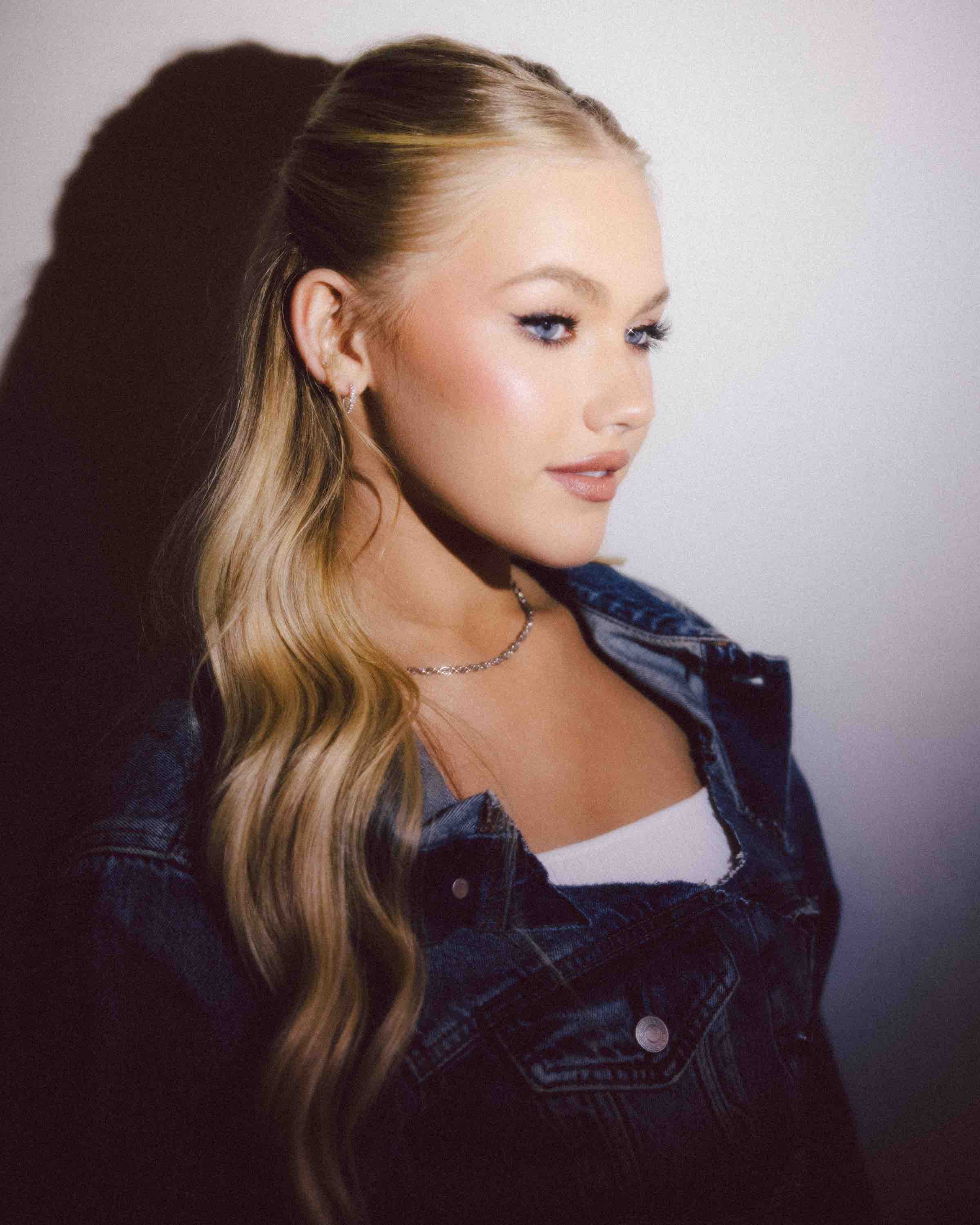
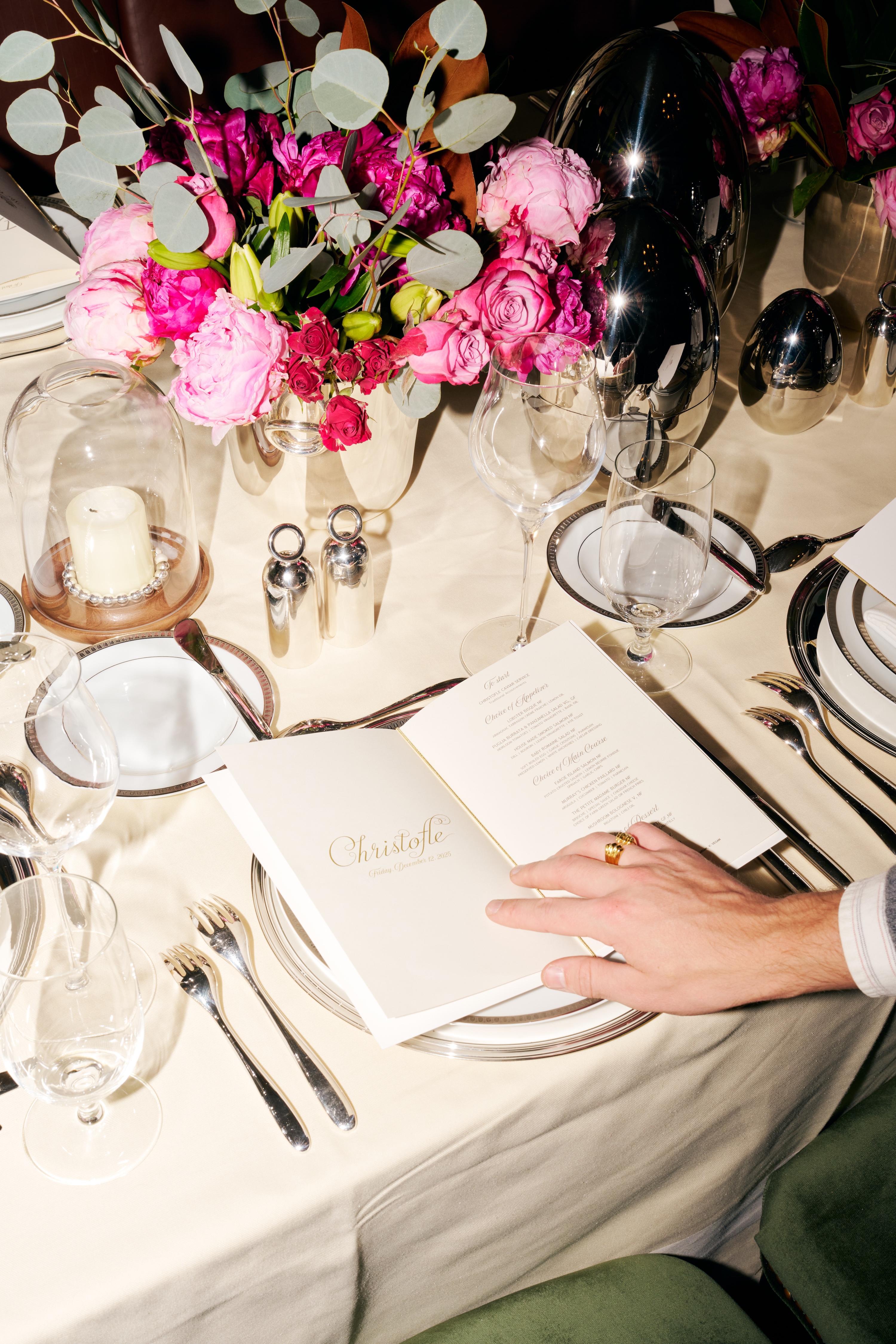

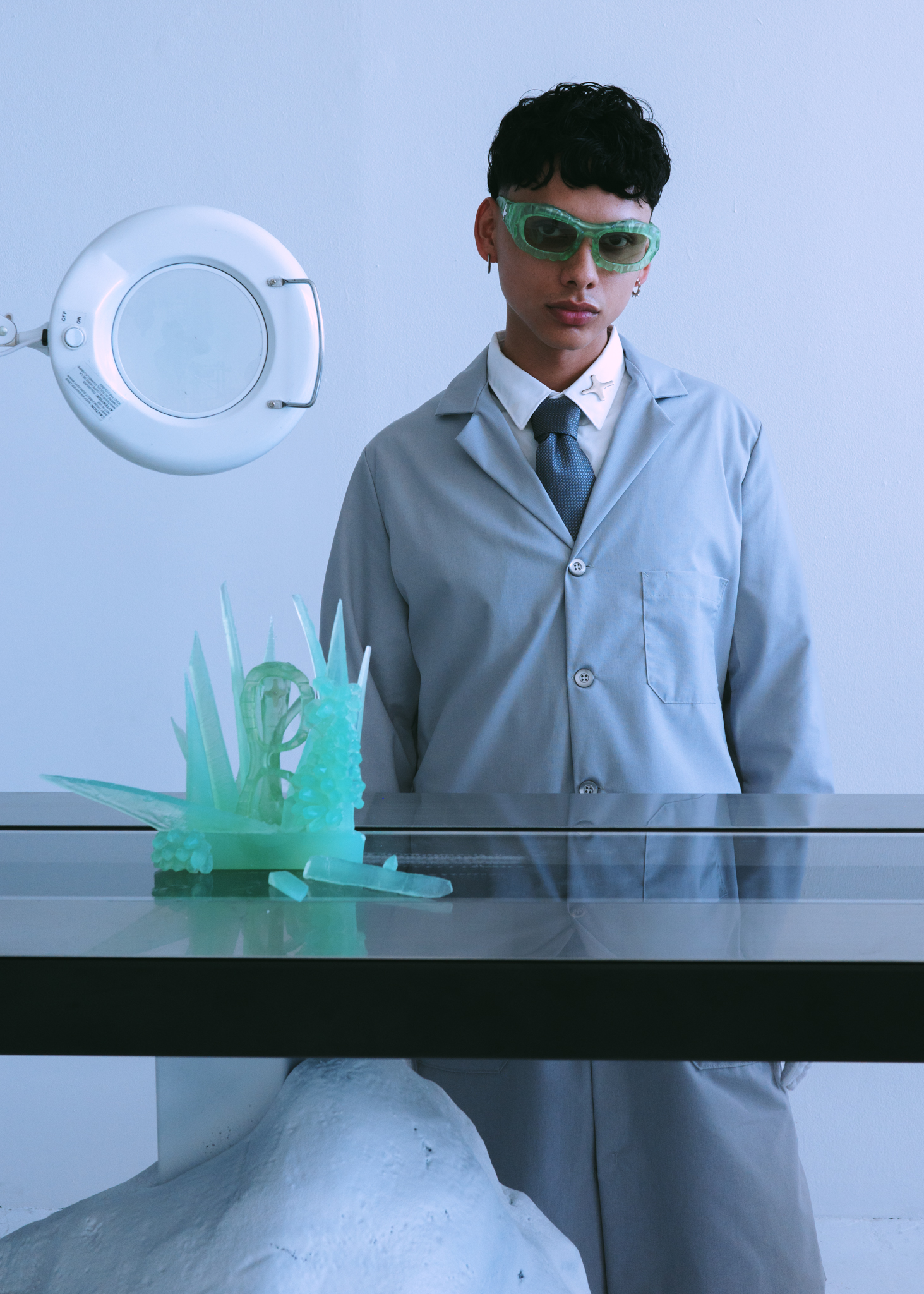
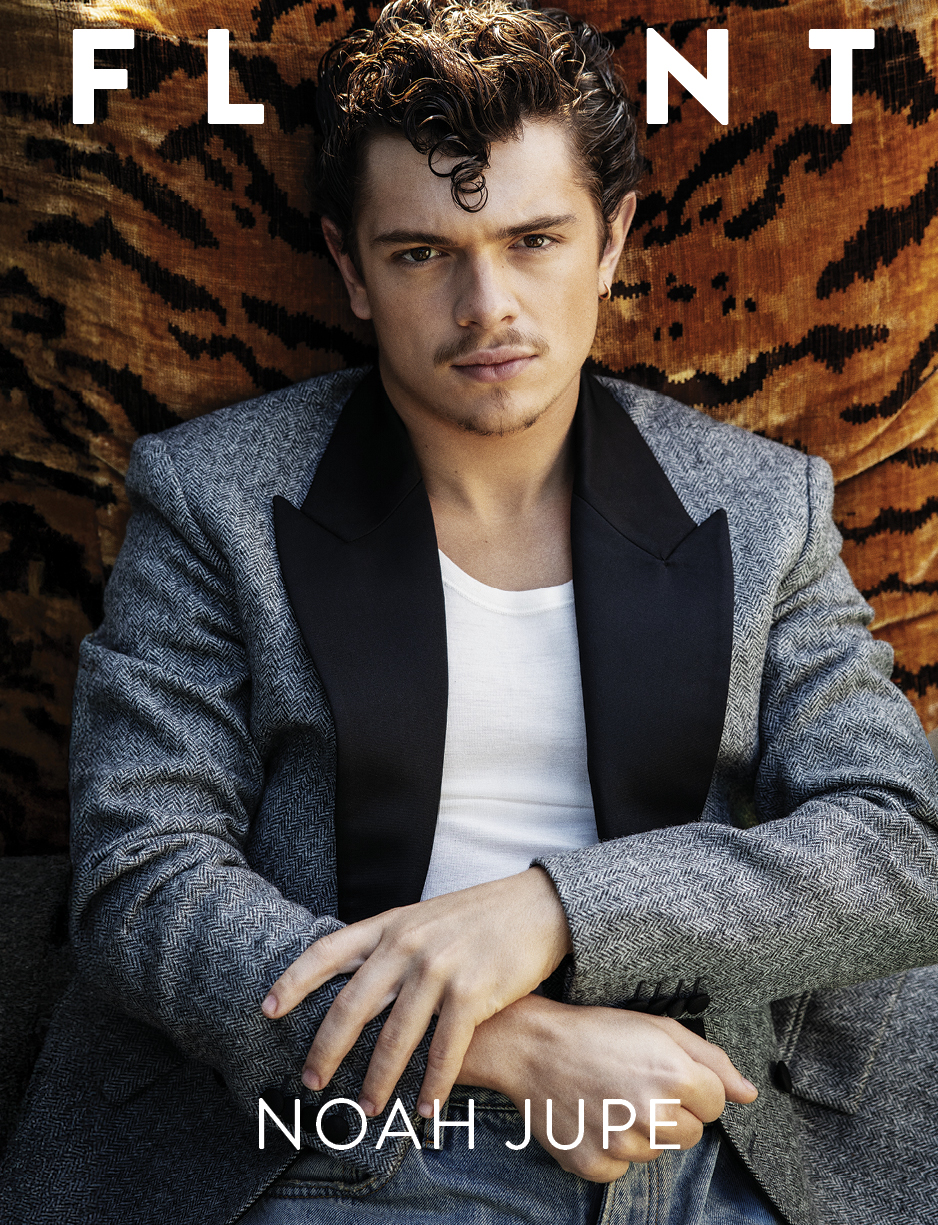
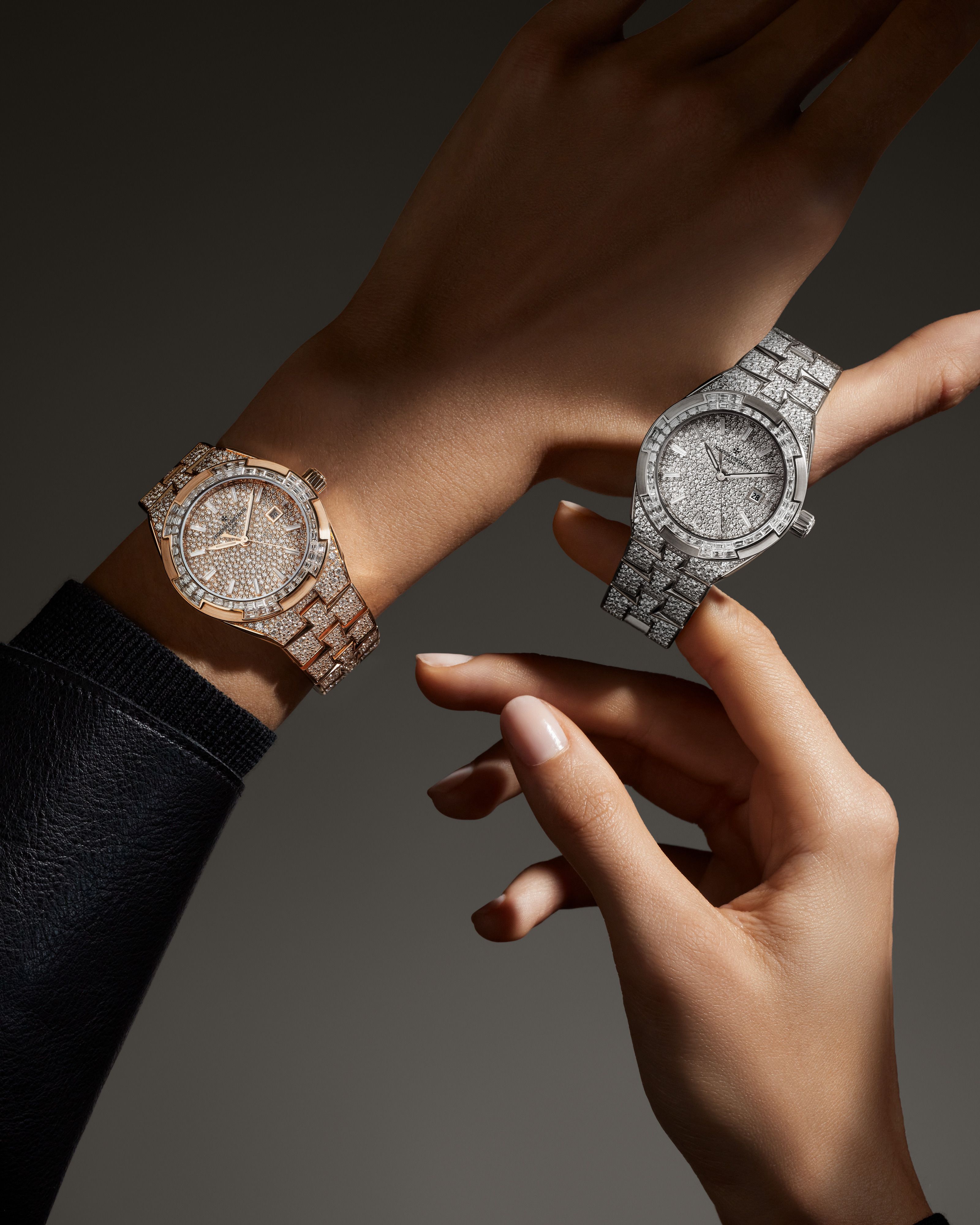

.JPG)
.jpg)
